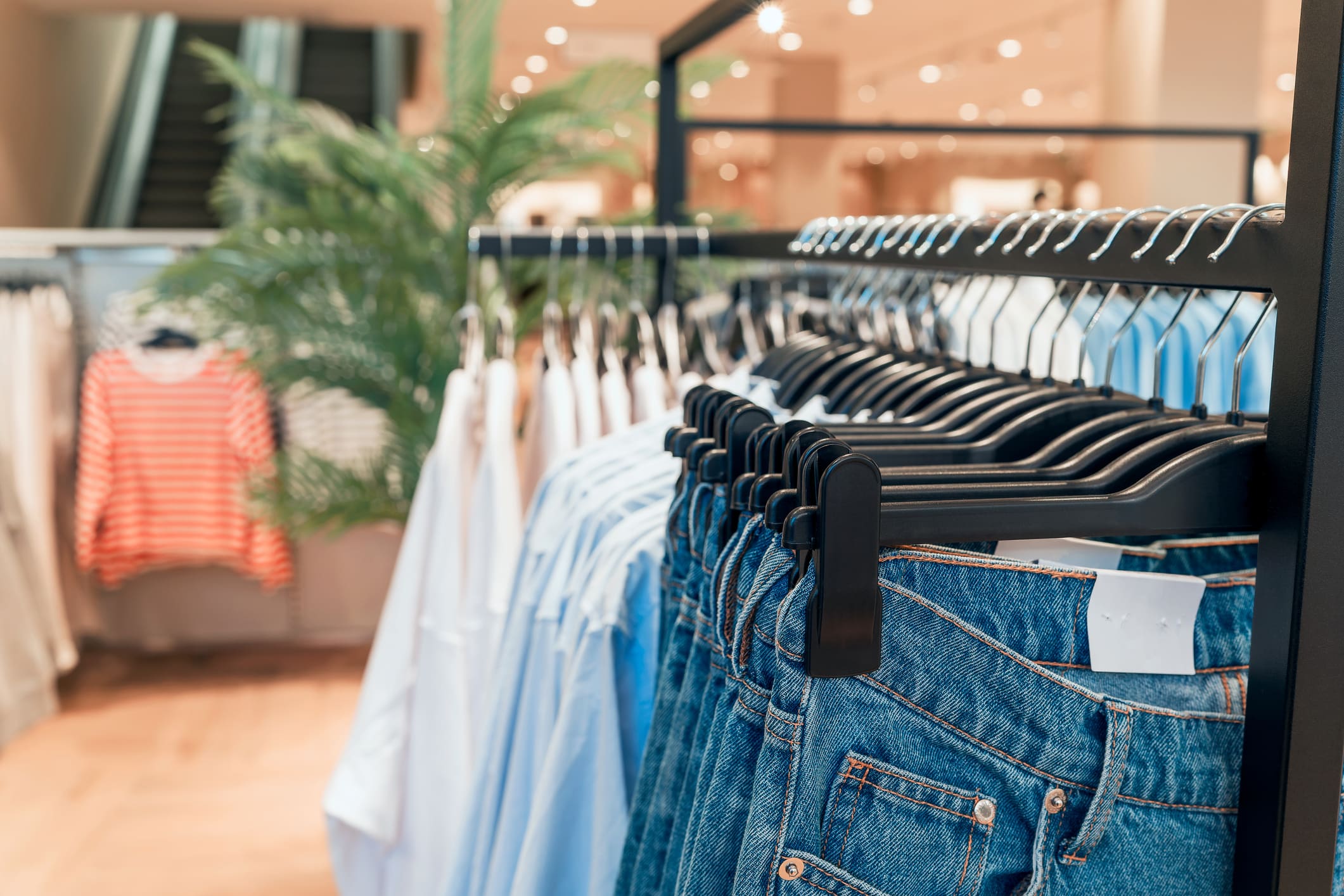
The State of the Union in German Retail
Following a few turbulent years, the German retail market in 2025 finds itself navigating the twin pressures of economic fragility and accelerating structural changes. While global economic indicators stabilise, Germany’s recovery is somewhat sluggish. Consumer confidence, while subdued, is showing tentative signs of recovery, and retailers have some cause for cautious optimism.
Retailers are now operating in a more volatile and fragmented environment, facing increasing pressure from the expansion of value competitors and AI disruptions. Adaptability, customer-centricity and bold transformation of operating models will be key for success in this new era.
Shifting Consumer Priorities in german retail
Despite a backdrop of economic uncertainty, German consumers are beginning to increase spending in some areas. Price remains a decisive factor, fuelled by persistent inflation and concerns about wage growth, there is growing evidence that quality and durability are increasingly important in consumers buying decisions.
Consumers are prioritising travel and imminent needs, such as health, beauty and food-related categories – while discretionary durables, such as furniture and electronics as well as eating out, are facing more cautious spend.
A Tale of Two Channels
The pressure on brick-and-mortar retail continues. Physical store numbers have declined over the past decade, even as nominal revenues have grown modestly. At the same time, value-focused formats are gaining ground, driven by ongoing price sensitivity and a shift in consumer expectation.
E-commerce, is showing signs of improvement with low single-digit growth. While this growth is rather flat in real terms, online marketplaces are continuing to gain market share – putting pressure on traditional online retailers. High digital advertising costs and the rise of AI-assisted search as well as shopping are disrupting established customer acquisition strategies.
Retail players in all channels will need to embrace customer retention, interaction and strengthen their brand profile. Excellent omnichannel models and tools are rather a must than a differentiator.
Margin Pressure and the Case for Change in german retail
Flat topline growth combined with cost inflation is putting pressure on profit margins across the retail sector. Without intervention, profitability could decline by as much as ~40% by 2030.
To remain competitive, retailers must:
- Reinforce and monetize the value of their own retail platform
- Diversify and optimise sourcing strategies to mitigate global supply chain turbulences
- Optimise cost-base to mitigation cost increases
- Focus on utmost customer centricity to defend and activate top-line
- Actively shape and leverage disruptive forces.
Retailers must look beyond tactical levers and develop strategies to reinforce platform value, optimise cost structures, and future-proof sourcing and supply chains. There is also growing opportunity to monetise core retail assets, such as in-store space and media reach, and to activate more sophisticated loyalty and pricing programmes.
AI Impact: Disruption and Opportunity
Artificial intelligence is beginning to reshape retail fundamentals. While current use cases tend to centre on automation, such as chatbots, personalised recommendations, and dynamic pricing, the next wave promises to be even more transformative.
Emerging technologies will likely enable intelligent agents capable of autonomous purchasing pre-decisions, AI-generated campaigns and end-to-end category management. The challenge for retailers will be to stay ahead of the curve, leveraging AI as a competitive advantage rather than being disrupted by it.
Looking Ahead
Despite the many headwinds facing the sector, there are reasons for retailers to be cautiously optimistic. Consumer sentiment is gradually improving, inflation is trending downwards, and the broader economy shows early signs of stabilisation. Retailers that succeed in the years ahead will be those that embrace disruption, transform their operating models, and put customer value at the heart of their strategy.
For more of our thinking on the state of the union in German retail reach out to one of our experts today.
Key Contacts

Lars Luck
Partner

Hendrik Walter
Partner




